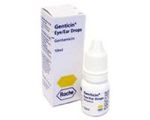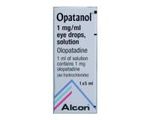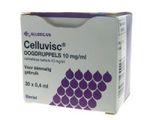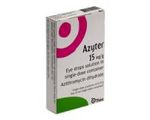Eye disorders or problems are very common. Most eye disorders can be treated with medication. If you have persistent problems with vision, you should see your doctor or an ophthalmologist.
Fast home delivery
Discreet
Professional and knowledgeable

Eye disorders and problems
Treatments
All treatments
- All treatments
- Prescription medicines
- Non-prescription medicines
Relevance
- Relevance
- Name A-Z
- Name Z-A
- Price low-high
- Price high-low
How does Dokteronline work?
You choose your treatment
Learn about the options and choose a treatment that suits your needs.We'll guide you every step of the way
A doctor will review your medical questionnaire and send your prescription to an affiliated pharmacy.Hassle-free home delivery
Your parcel will be delivered to your doorstep quickly and easily.
What are the symptoms?
The most common eye disorders/problems include:
- Eye infection: usually affects the conjunctiva and causes symptoms such as redness, pain and discharge (eyelids that are stuck shut when you wake up in the morning).
- Irritable eyes: itchy, painful, watery and/or red eyes, often caused by allergies such as hay fever.
- Dry eyes: tired, burning or itchy eyes, light sensitivity or blurred vision, often caused by long hours of computer use or dry mucous membranes (menopause, Sjögren’s syndrome).
- Glaucoma: loss of vision (in particular the edge of the field of vision) due to increased pressure in the eyes causing optic nerve damage.
How to prevent and treat eye problems?
Many eye problems, such as eye infection and irritable eyes, can be prevented by not touching the eyes with unwashed hands, wearing sunglasses or limiting computer time. Eye drops with antihistamine can help reduce hay fever symptoms in the eyes. A bacterial eye infection can be treated with antibiotics. Artificial tears or soothing eye drops can be used to manage dry eye symptoms. Glaucoma can be treated with eye drops that relieve the pressure problem.




